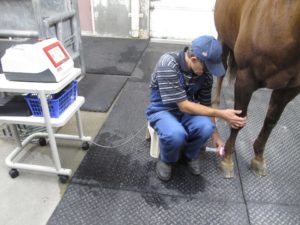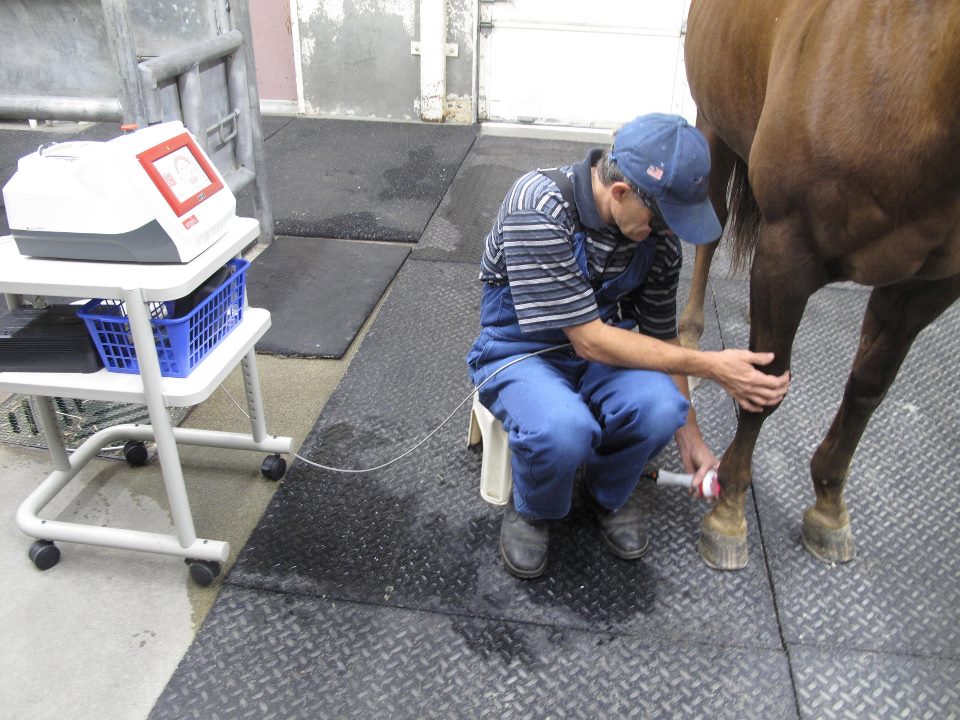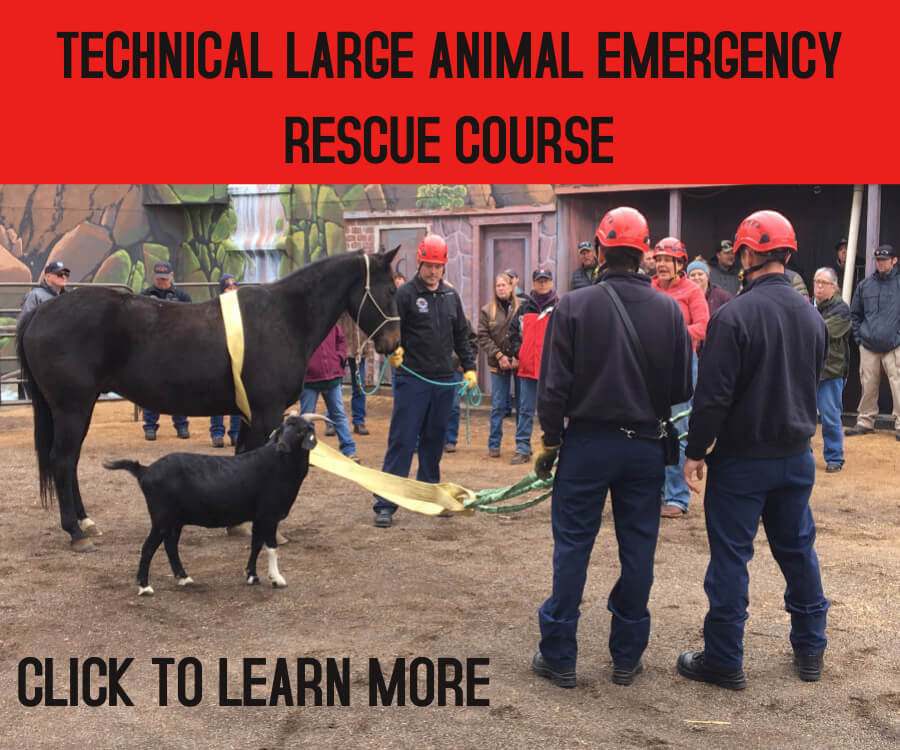Healing Your Horse at the Cell Level Using Laser Treatment
by David Sauter D.V.M.

Laser therapy is a powerful, safe and non-invasive treatment available in both veterinary and human medicine. “Laser” is an acronym for Light Amplified by Stimulated Emission of Radiation. First postulated by Albert Einstein in 1913, it wasn’t until nearly a half century later, in 1960, that the first laser was produced in Hughes Aircraft Research Laboratory in Malibu, California. The first experimental application of laser energy for therapy was in 1967 by Dr. Endre Mester at the University of Hungary. From there, interest spread to Eastern Europe, the Soviet Union and China before eventually traveling to Western Europe and the United States.
Lasers are classified according to their potential to cause damage to biological tissue. The lowest level, Class I lasers, pose no risk of causing tissue damage under normal operating conditions and are therefore exempt from the Laser Safety Program. Examples include the lasers used in CD players and laser printers. Class II lasers do have the potential to cause eye damage if viewed directly for prolonged periods of time. Examples include barcode scanners and laser pointers. Medium power lasers are in Class III and are used in research and in some low level laser therapy units and will damage eye tissue if viewed directly. Class IV lasers have more powerful energy output and are used in both surgical and therapeutic laser technology. These lasers can cause eye damage not only from direct beams but also from the reflected beams that bounce off nearby surfaces, consequently protective eyewear is essential at all times during laser emission. While Class IV lasers have the power required to provide deep and efficient delivery of light energy, they are still classified as low level laser therapy (LLLT).
LLLT has positive biological effects on tissue, selectively affecting damaged cells, whereas higher energy lasers are damaging to both healthy and unhealthy cells. LLLT affects tissues at the cellular level by stimulating the damaged cell membranes and internal structures. It is not a heating, or photo-thermal effect. The benefits of laser therapy are not through a photo-thermal mechanism. It is, rather, an interaction between photons and photoreceptive structures within damaged cells, such as mitochondria. Here are examples of some of the positive effects of laser therapy:
- Relieves pain by stimulating the release of beta-endorphins, stabilizing nerve cells, relaxing muscle, and increasing the threshold for pain perception.
- Reduces inflammation promoting better circulation of blood and lymphatic flow and by inhibiting the production of inflammatory mediators.
- Speeds tissue repair and cell growth by increasing the energy level of the cell, increasing the rate of cell division, stimulating regenerative cells and stimulating nerve regeneration and scar tissue remodeling.
- Improves circulation within damaged tissue by stimulating the formation of new capillaries and by causing dilation of blood vessels.
The healing properties of laser therapy and the deep efficient penetration possible with Class IV laser technology create endless possibilities for its application with the horse. Acute or chronic pain, joint problems such as arthritis, tendon or ligament injuries, and wounds all can potentially benefit. It can be applied to lower limb, upper limb, back or neck problems. Sedation is usually not necessary. Most horses seem to become very relaxed and calm. However, some horses with sensitive skin and/or nervous dispositions might feel a tingling or warming sensation during the procedure that could lead to unwillingness to cooperate. The length of each session is generally not long but depends upon the size of the area involved and whether more than one site needs treatment. Protective eyewear is mandatory for all people in the area. Eye protection for the horse is generally only used when the procedure is near the eyes.
There are situations where laser therapy can cause harm. Here are examples of when therapeutic laser should not be used:
- If active hemorrhage is occurring in the area.
- Any area where corticosteroids have been recently injected, e.g. joint injections.
- The abdominal or pelvic area of a pregnant mare.
- Any areas of skin tumors, such as melanomas or sarcoids.
- Any patient receiving photosensitive medications, e.g. tetracycline, oxytetracycline or acetazolamide.
Therapeutic laser is routinely used worldwide both in veterinary and human medicine for treating pain, for its anti-inflammatory benefits and wound healing properties. Laser therapy is a safe and inexpensive treatment available at Kulshan for numerous ailments affecting horses. Call for more information 360-354-5095.
Published June 2014 Issue

Dave Sauter is a Minnesota native and graduated from the University of Minnesota in 1987. Following graduation he interned at Rood and Riddle Equine Hospital in Lexington, Kentucky. After this internship, he continued to work exclusively with horses for another five years in Kentucky before moving out West and joining Kulshan Veterinary Hospital in Lynden, WA. He is a member of the AAEP, AVMA and the WSVMA. For more information about Kulshan Veterinary Hospital call 360-354-5095 or email [email protected]. www.KulshanVet.com






